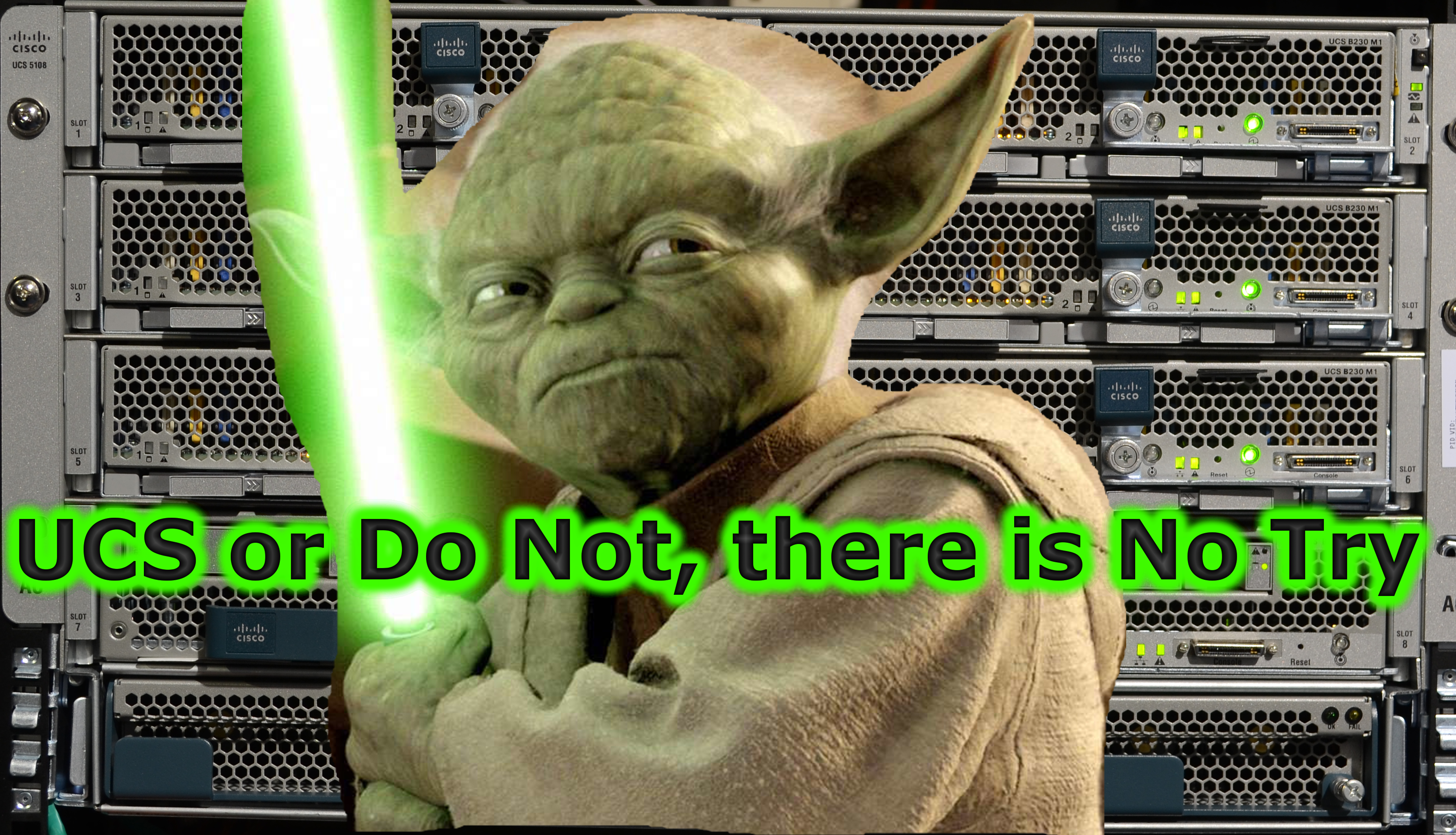
Linux, the cornerstone of open source operating systems, has always been synonymous with flexibility and choice, particularly through its diverse range of desktop environments (DEs). These DEs are more than just user interfaces; they are gateways that define user interaction with the vast world of Linux. This article delves into the future trajectory of Linux DEs, exploring upcoming trends and innovations that are poised to redefine the Linux user experience.
Historical Context
The journey of Linux DEs has been a remarkable evolution, from rudimentary window managers like twm to sophisticated, feature-rich environments such as GNOME, KDE, and XFCE. Each step in this evolution has brought more intuitiveness, customization, and efficiency, catering to a broad spectrum of user preferences and system capabilities.
Current Landscape of Linux Desktop Environments
As of 2023, the Linux DE landscape is vibrant and varied. GNOME and KDE Plasma lead in popularity, offering a blend of aesthetic appeal and functional richness. XFCE and LXQt remain favorites for those seeking lightweight alternatives, while Cinnamon and MATE cater to users who prefer a more traditional desktop feel. The common thread among these DEs is their commitment to customization, allowing users to tailor their computing experience to their liking.
Emerging Trends in Linux Desktop Environments
-
AI and Machine Learning Integration: Future Linux DEs might leverage AI to automate tasks and provide personalized user experiences. Imagine a desktop that organizes your workflow based on your habits or offers suggestions to improve productivity.
-
Enhanced Graphics and Animations: The use of modern GPUs is not just for gaming. Linux DEs are increasingly incorporating sophisticated graphical elements and animations, making the desktop experience more visually engaging.
-
Touchscreen and Gesture Support: With the rise of touch-enabled devices, Linux DEs are evolving to support gesture controls and touchscreen inputs, making them more versatile in different hardware setups.
-
Cloud Integration and Remote Desktops: As the world moves towards cloud-based services, Linux DEs are expected to offer seamless integration with cloud storage and applications, and enhanced capabilities for remote desktop access.
Powered by WPeMatico
Go to Source
Author: George Whittaker
